
The Crying Fields
2019
0h 19m
A deep dive into the history of the Canadian Government and the Department of National Defence leasing First Nations reserves as practice bombing ranges during World War I and World War II. This documentary follows the Enoch Cree Nation's process of developing it's land claim against the Canadian Government following the discovery of active landmines in the heart of the nation's cultural lands and golf course in 2014, almost 70 years later.
If current server doesn't work please try other servers beside.
Similar Movies
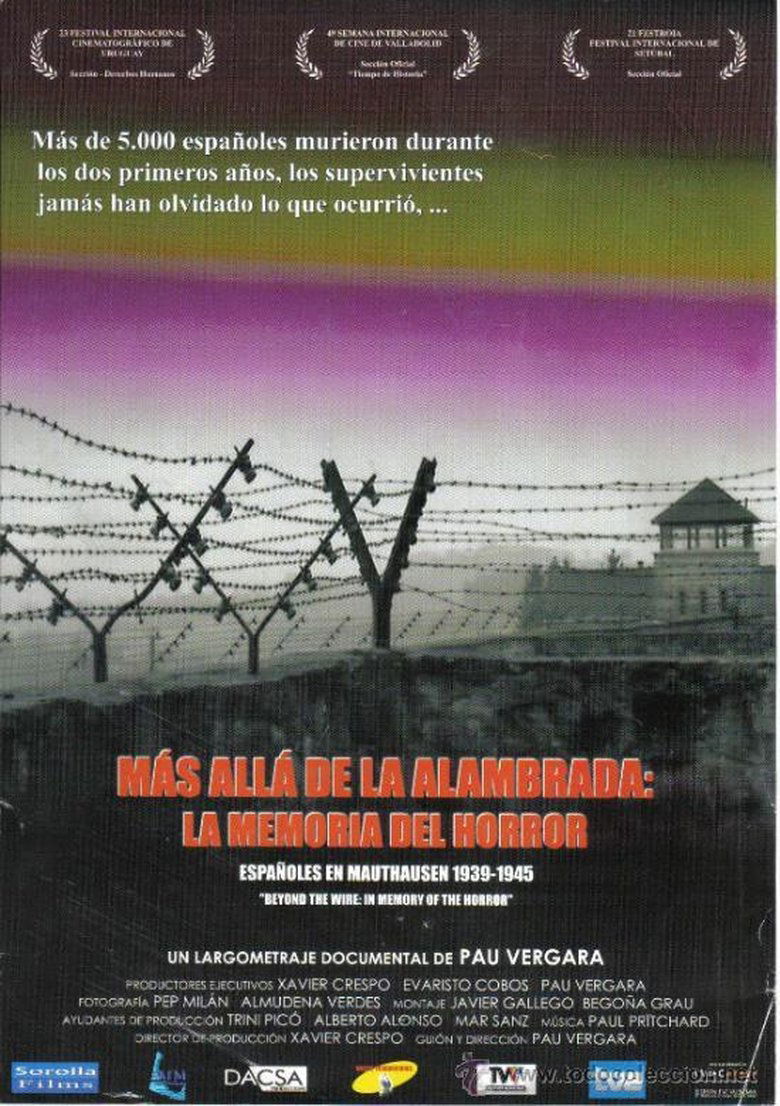
Más allá de la alambrada: la memoria del horror
Rating:
7.0/10
Votes:
1
Year:
2005

Stalingrad - Stimmen aus Ruinen
Featuring excerpts from diaries and letters written by local residents and soldiers from both sides, the documentary tells the story of the Battle of Stalingrad through the voices of those who lived it.
Rating:
7.8/10
Votes:
4
Year:
2023

The Gap
A dramatization to promote the Territorial Army.
Rating:
0.0/10
Votes:
0
Year:
1937

First Daughter and the Black Snake
The “Prophecy of the 7th Fire” says a “black snake” will bring destruction to the earth. For Winona LaDuke, the “black snake” is oil trains and pipelines. When she learns that Canadian-owned Enbridge plans to route a new pipeline through her tribe’s 1855 Treaty land, she and her community spring into action to save the sacred wild rice lakes and preserve their traditional indigenous way of life. Launching an annual spiritual horse ride along the proposed pipeline route, speaking at community meetings and regulatory hearings. Winona testifies that the pipeline route follows one of historical and present-day trauma. The tribe participates in the pipeline permitting process, asserting their treaty rights to protect their natural resources. LaDuke joins with her tribe and others to demand that the pipelines’ impact on tribal people’s resources be considered in the permitting process.
Rating:
5.0/10
Votes:
1
Year:
2017
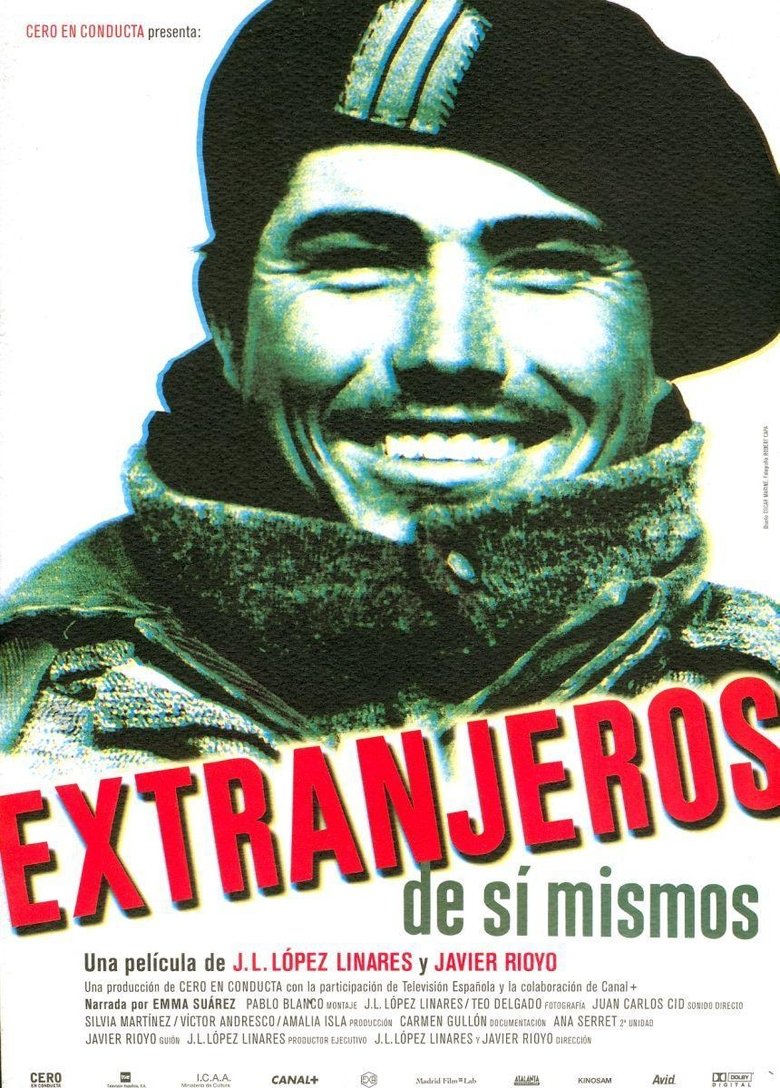
Extranjeros de sí mismos
Rating:
6.0/10
Votes:
1
Year:
2000

Warrior: The Life of Leonard Peltier
An intimate exploration of the circumstances surrounding the incarceration of Native American activist Leonard Peltier, convicted of murder in 1977, with commentary from those involved, including Peltier himself.
Rating:
0.0/10
Votes:
0
Year:
1991
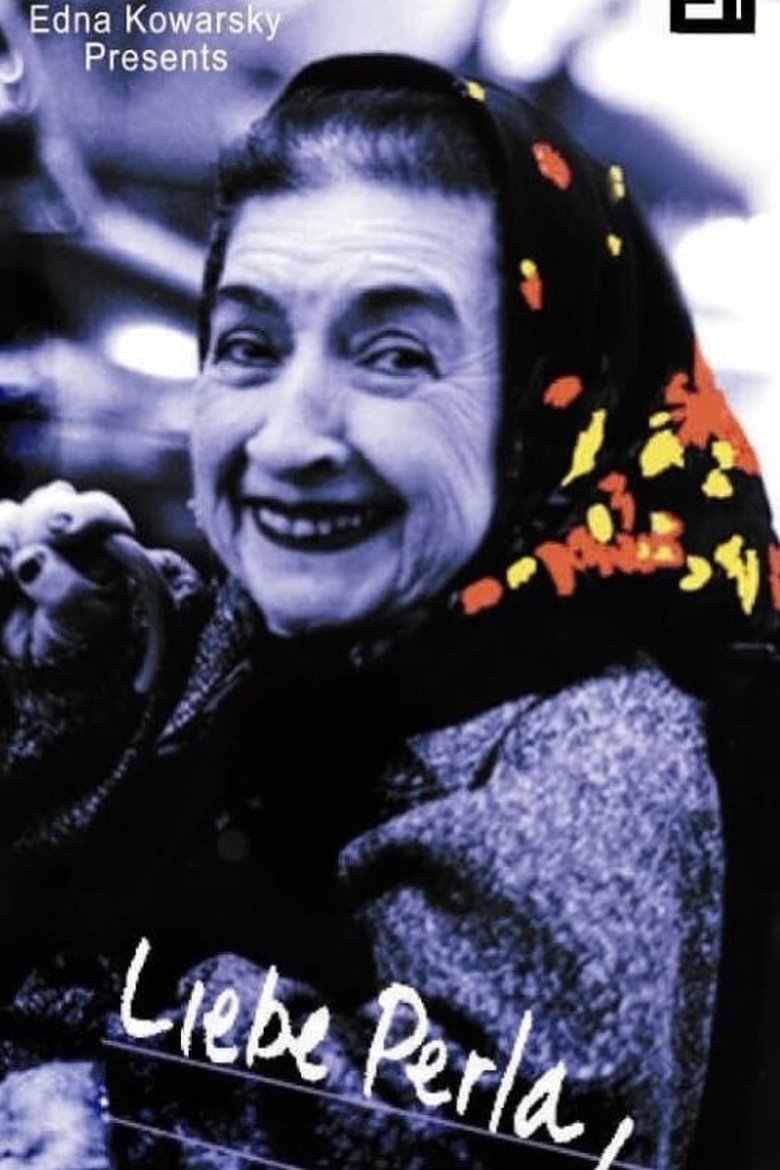
Liebe Perla
Researcher Hannelore Witkovsky searches for the notorious Nazi war criminal Dr. Joseph Mengele's lost film about his experiments on a family of little people in Auschwitz including Holocaust survivor Perla Ubitsch, whom she befriends.
Rating:
0.0/10
Votes:
0
Year:
1998

Brüder Kühn: Zwei Musiker spielen sich frei
Rating:
8.0/10
Votes:
1
Year:
2019
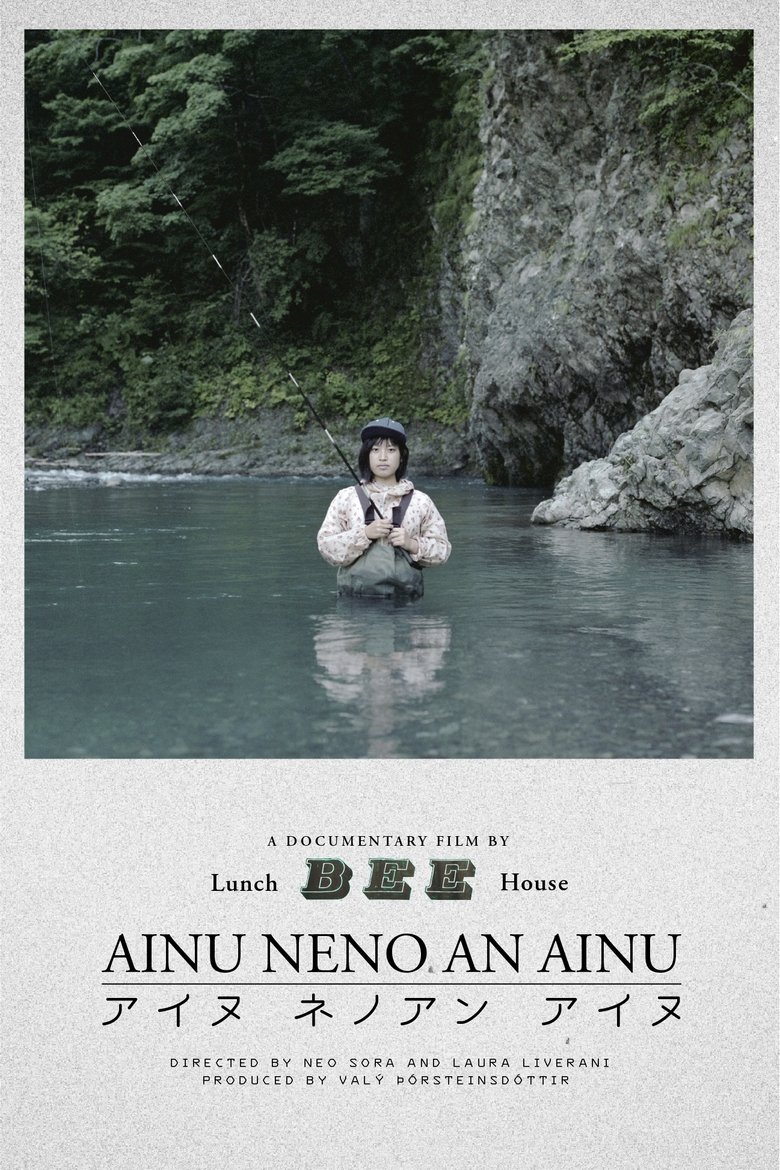
アイヌネノアンアイヌ
This documentary started as part of a photography project about the indigenous Ainu population in northern Japan, portraying people from tightly knit communities. They feel deeply connected by their culture and tradition. With gorgeous pictures, the directors explore how different generations of Ainu reflect on their identity after centuries of oppression.
Rating:
0.0/10
Votes:
0
Year:
2021

Gene Tierney, une star oubliée
Martin Scorsese is among those paying tribute to Gene Tierney, the Academy Award-nominated American actress who was a leading lady in Hollywood throughout the 1940s and '50s.
Rating:
6.4/10
Votes:
7
Year:
2017
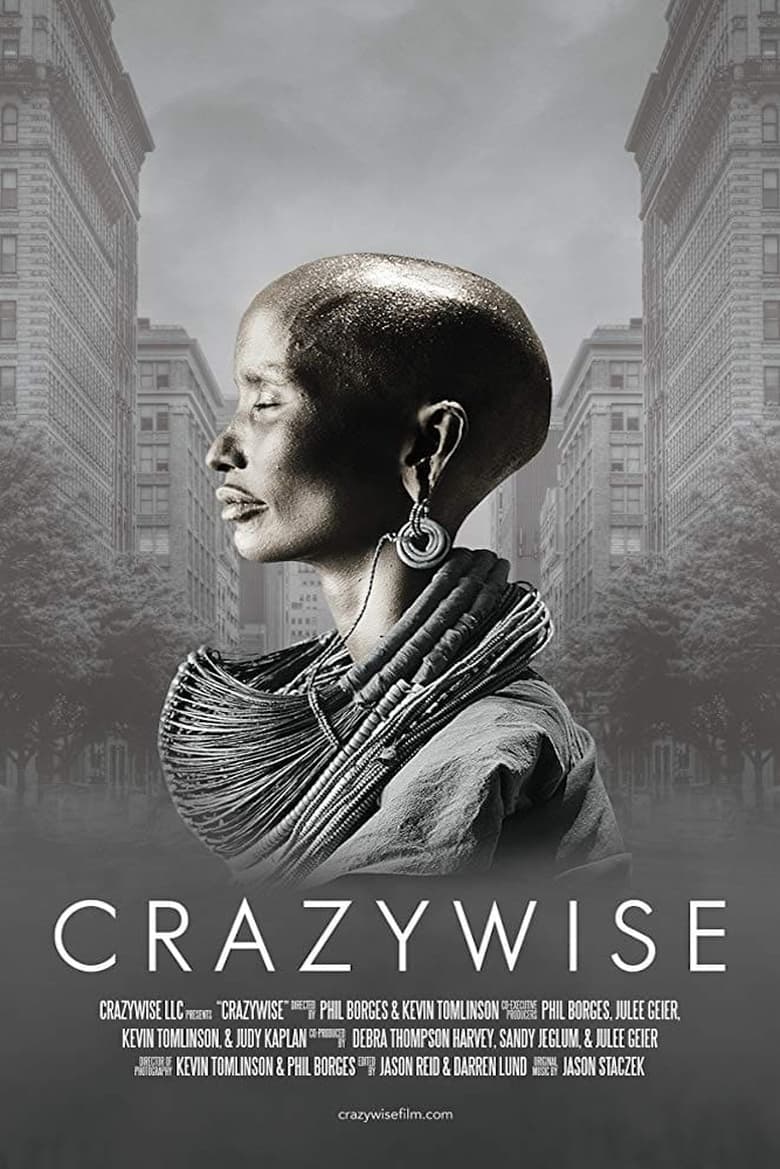
Crazywise
Western culture treats mental disorders primarily through biomedical psychiatry, but filmmakers Phil Borges and Kevin Tomlinson reveal a growing movement of professionals and survivors who are forging alternative treatments that focus on recovery and turning mental “illness” into a positive transformative experience.
Rating:
6.0/10
Votes:
2
Year:
2017

Appointment in Tokyo
Produced by the Army Pictorial Service, Signal Corps, with the cooperation of the Army Air Forces and the United States Navy, and released by Warner Bros. for the War Activities Committee shortly after the surrender of Japan. Follow General Douglas MacArthur and his men from their exile from the Philippines in early 1942, through the signing of the instrument of surrender on the USS Missouri on September 1, 1945. Preserved by the Academy Film Archive in 2013.
Rating:
5.8/10
Votes:
4
Year:
1945
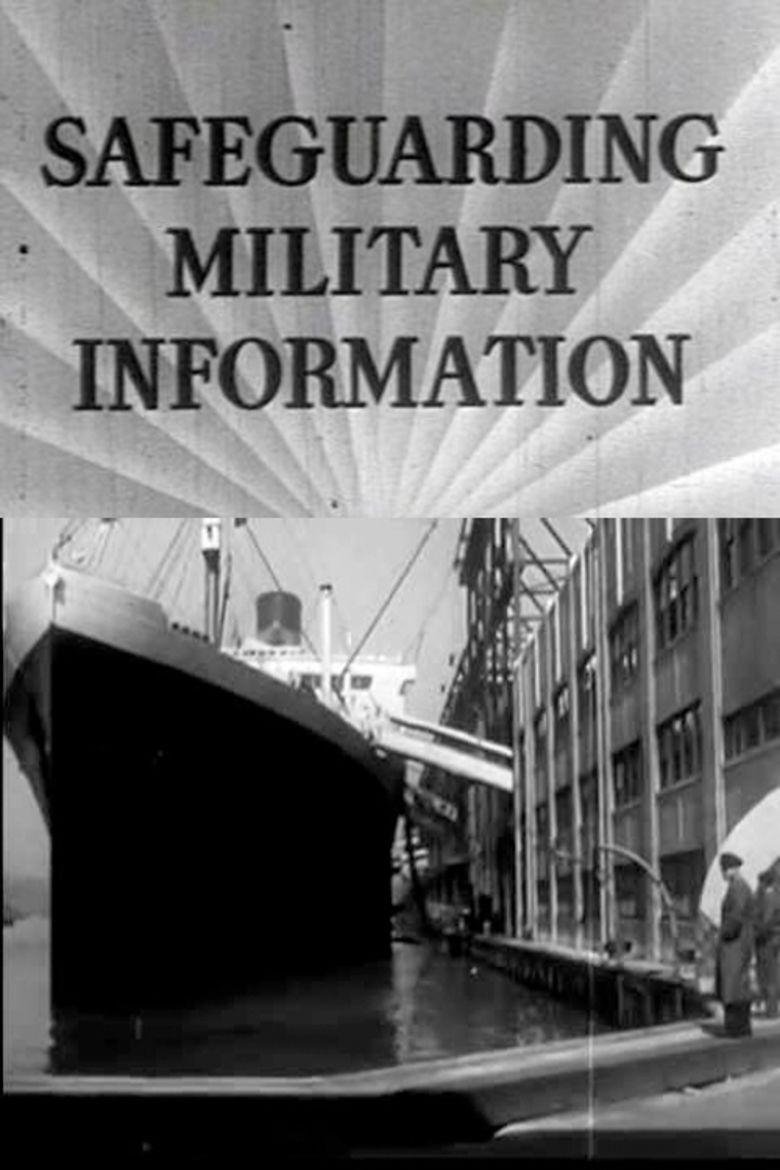
Safeguarding Military Information
World War II propaganda short which focuses on the dangers of inadvertent dispersal of military information.
Rating:
5.0/10
Votes:
2
Year:
1942

The Girl Who Wore Freedom
Discover the untold stories of D-Day from the men, women and children who lived through German occupation and Allied liberation of Normandy, France. Powerful and deeply personal, THE GIRL WHO WORE FREEDOM tells the stories of an America that lived its values, instilling pride in a country that's in danger of becoming a relic of the past.
Rating:
9.0/10
Votes:
2
Year:
2021
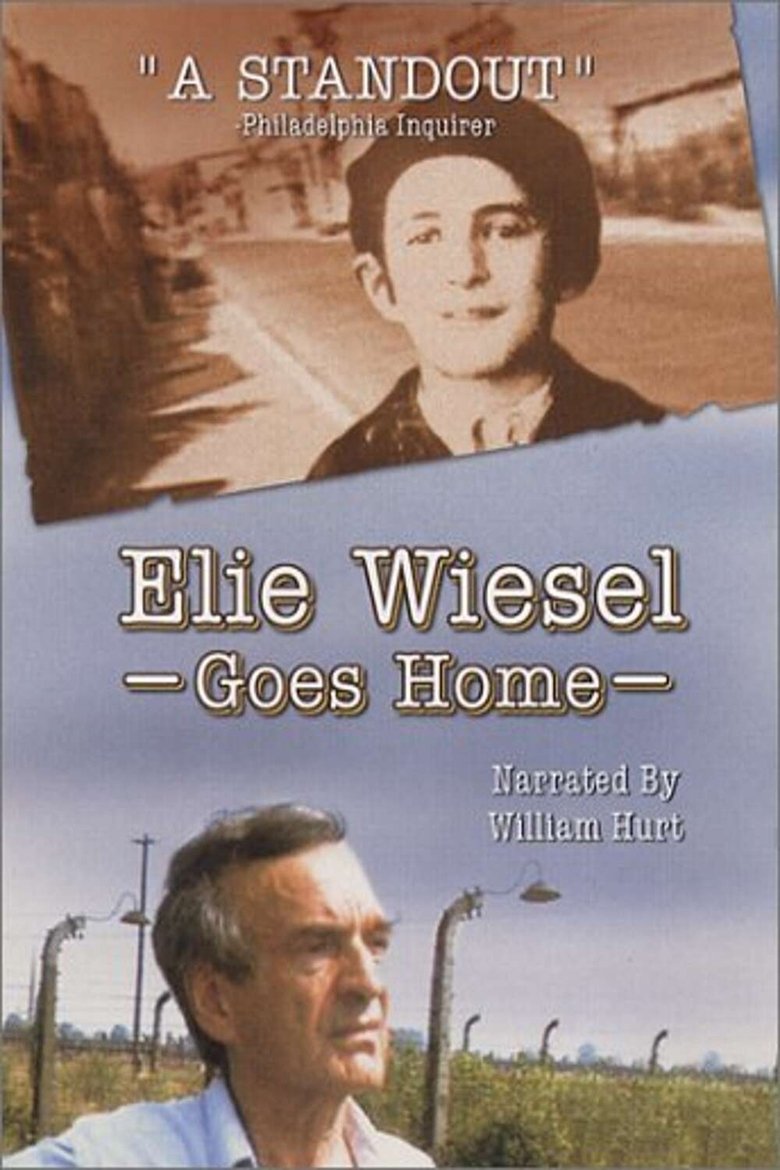
Mondani a mondhatatlant: Elie Wiesel üzenete
A documentary chronicling the adolescent years of Elie Wiesel and the history of his sufferings. Eliezer was fifteen when Fascism brutally altered his life forever. Fifty years later, he returns to Sighetu Marmatiei, the town where he was born, to walk the painful road of remembrance - but is it possible to speak of the unspeakable? Or does Auschwitz lie beyond the capacity of any human language - the place where words and stories run out?
Rating:
0.0/10
Votes:
0
Year:
1997
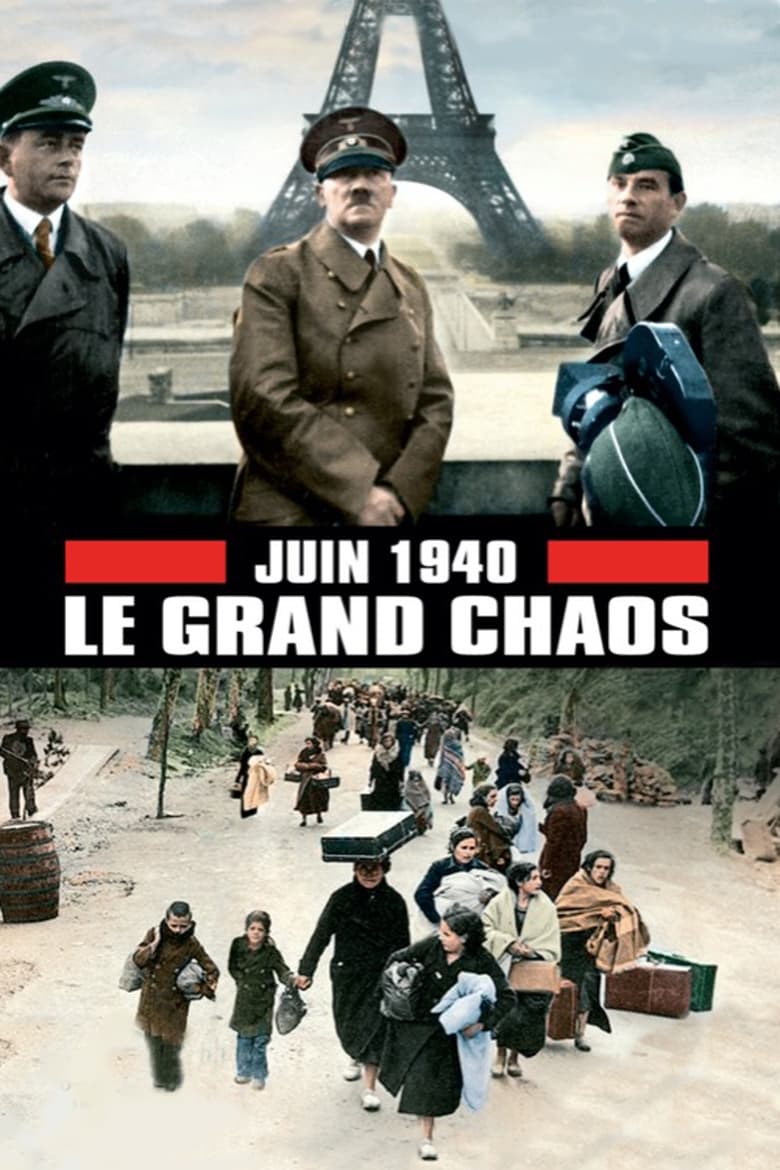
Juin 1940, le grand chaos
From May 10, 1940, France is living one of the worst tragedies of it history. In a few weeks, the country folds, and then collapsed in facing the attack of the Nazi Germany. On June 1940, each day is a tragedy. For the first time, thanks to historic revelations, and to numerous never seen before images and documents and reenacted situations of the time, this film recounts the incredible stories of those men and women trapped in the torment of this great chaos.
Rating:
8.0/10
Votes:
1
Year:
2010
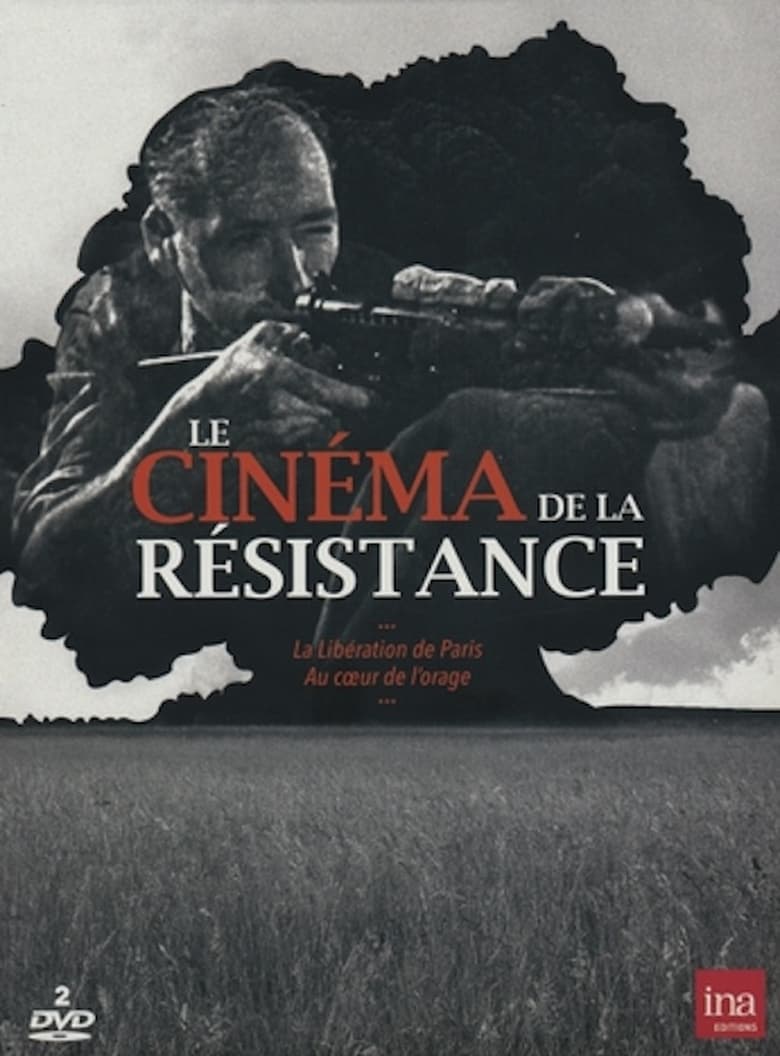
La Libération de Paris
French Resistance's documentary during the liberation of Paris in August 1944.
Rating:
6.0/10
Votes:
1
Year:
1944

Songs That Won the War
Wartime sweetheart Vera Lynn presents this documentary which sets archive footage and newsreel film from World War Two to the popular sounds of the day. Artists featured include Flanagan and Allen, Gracie Fields, George Formby, Bing Crosby, the Glenn Miller Orchestra, the Andrews Sisters and the Mills Brothers.
Rating:
8.0/10
Votes:
1
Year:
1994
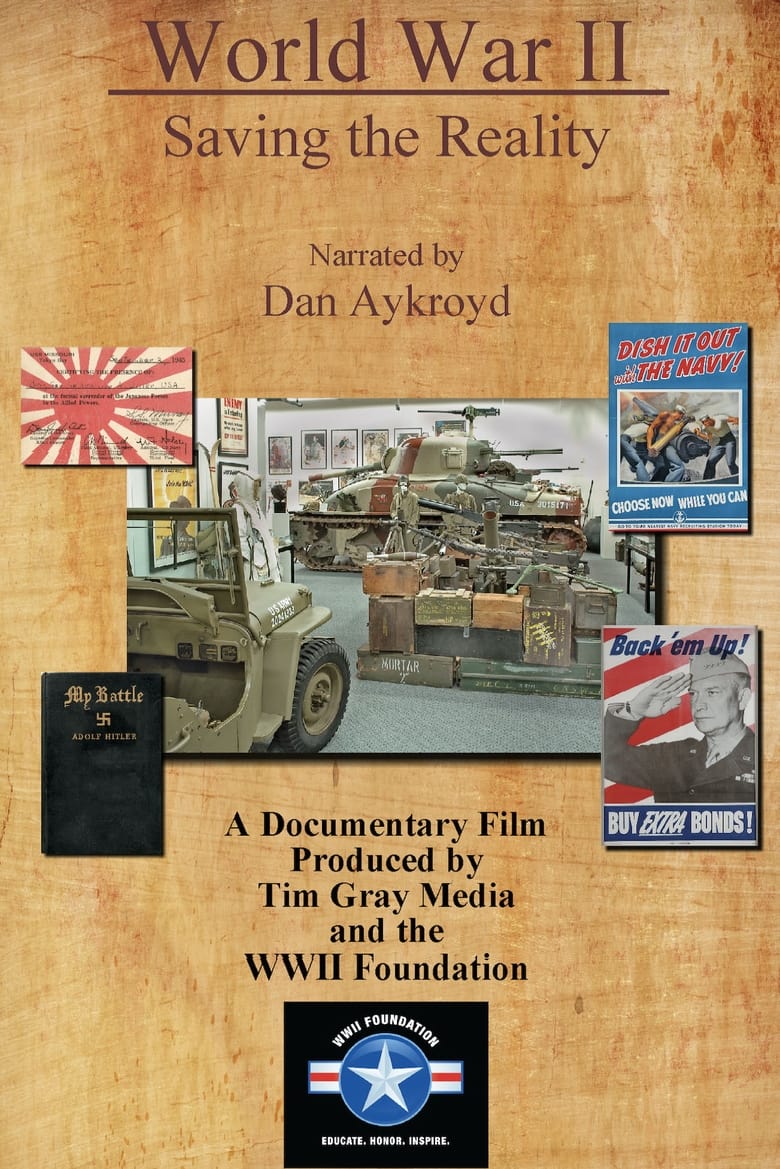
WWII: Saving the Reality
See Kenneth W. Rendell's collection of over 6,000 artifacts that range from the end of World War I and the rise of Nazism to the start of World War II and the fight in Europe and the Pacific.
Rating:
0.0/10
Votes:
0
Year:
2013

Věrni zůstaneme
The compilation documentary We Will Remain Faithful is a testimony to the Czechoslovak resistance during the Second World War. The film covers the period from the end of the First Czechoslovak Republic to the victorious Allied advance in 1944. Director Jiří Weiss compiled it from archival footage, his own authentic and subsequently staged war footage, and material from both Allied and enemy newsreels.
Rating:
0.0/10
Votes:
0
Year:
1945
If current server doesn't work please try other servers beside.